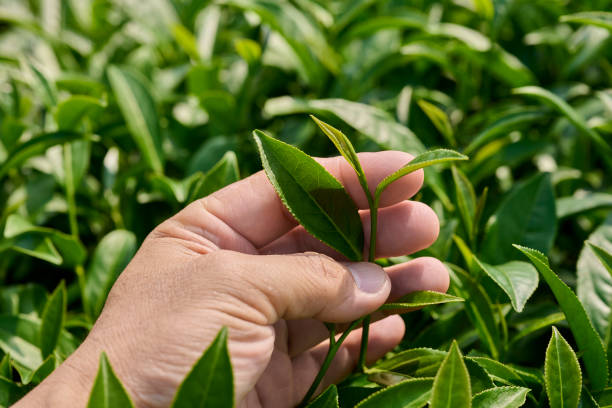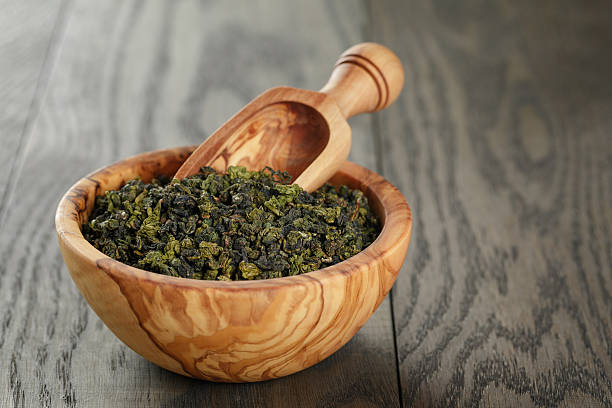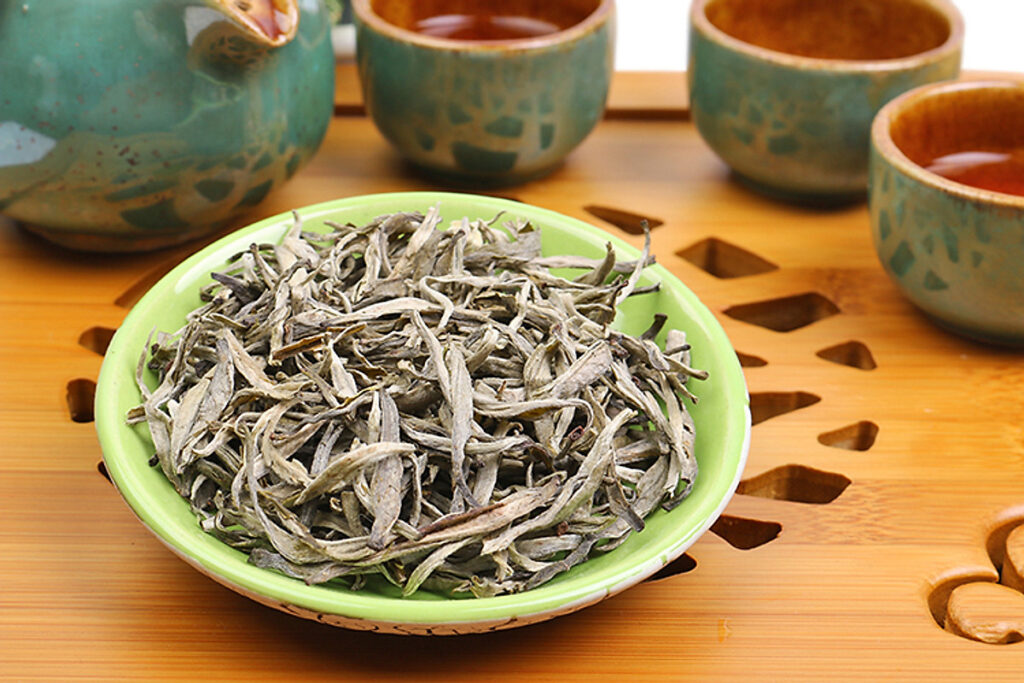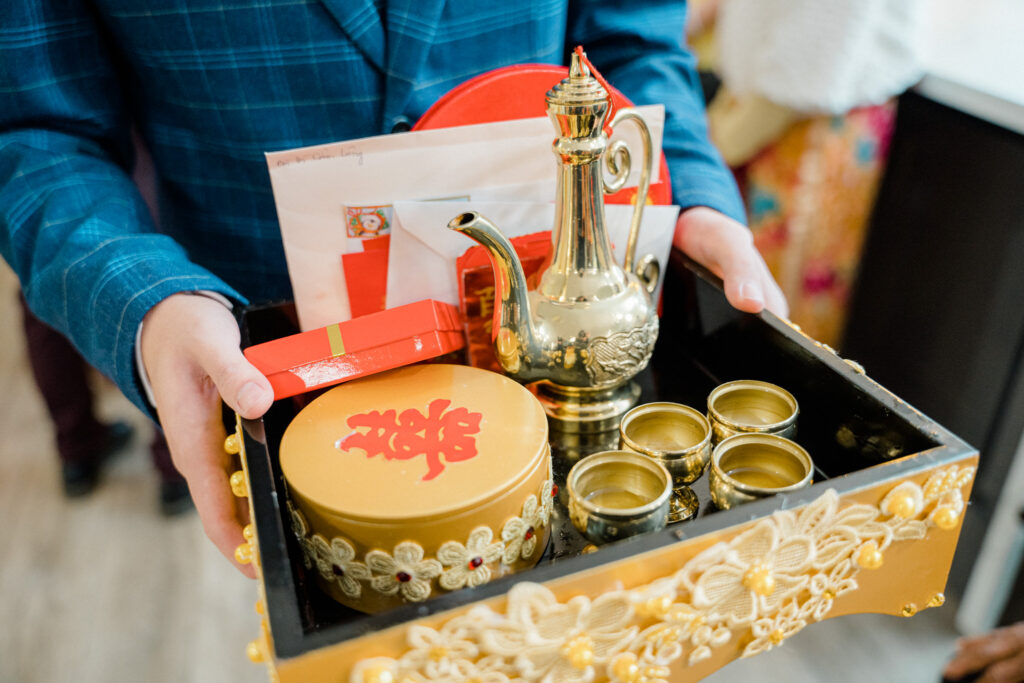Introduction to Vietnamese Tea
In Vietnamese society, tea is the prime constituent of the ethos of life, where it functions not just as a drink but as an offer of hospitality, communion, and respite from work. The many types of climate and great soil make it an ideal place to grow many different varieties of teas, each grown in unique conditions.
While Vietnam tea is yet to catch up with Chinese and Japanese teas on the global front, it has slowly started finding a place in international circles. The connoisseurs also recognize that the country possesses the capability to produce quality teas-right from green tea and black tea to oolong; basically, all teas that have their roots deeply engraved in the long agricultural history of the country.
History of Tea in Vietnam
Cultivation of tea in Vietnam ranks among the oldest tea-producing countries, dating back more than 2,000 years. The first evidence about the cultivation of tea plants in Vietnam is from the time of the old kingdom of Nam Viet. Initially, this was to produce tea for medicinal purposes, but it slowly began to be integrated into the daily life of Vietnamese people.
Skilful tea cultivation has changed with time: Vietnamese people adopted techniques from neighboring China but developed their peculiar styles in their due course. Later, by the 19th century, under the French colonial rule, it was one of the major export products which included tea, thus securing a firm position in the economy of Vietnam.
The Role of Tea in Vietnamese Culture
It demonstrates the values of simplicity, respect, and harmony. This tea culture flows into family gatherings, religious activities, and meetings concerning businesses. Moreover, the acts of offering tea up are considered a way of showing respect and goodwill. When there is a guest coming to visit the family, the Vietnamese welcomes them with a cup of tea, meaning warmth and hospitality.
Tea also plays an indispensable role in the rituals of worship. On the occasion of Tet, Vietnamese Lunar New Year, families offer tea to show respect to their ancestors and hope for the future. It is this strong bonding of Vietnamese tea with spiritual practices that gives it such importance in the culture.
The Different Varieties of Vietnamese Tea
Vietnamese tea is known for its diversity, with each region offering distinct flavors and characteristics. Some of the most popular varieties include:- Green Tea: Widely consumed across the country, known for its fresh, slightly bitter flavor and rich aroma.

Green Tea Leaf
- Black Tea: A robust and strong tea, typically enjoyed with sweeteners or milk.

Black Tea Leaf
- Oolong Tea: Known for its floral and fruity notes, oolong is a favorite in both Vietnam and abroad.

Oolong Tea Leaf
- Shan Tuyet Tea: Grown in the northern mountains, this unique tea is produced from ancient tea trees and offers a distinctive, rich taste.

Shan Tuyet Tea Leaf
Each type of Vietnam tea has its own set of unique qualities, making the tea experience in Vietnam as diverse as the country’s landscapes.Vietnamese Tea vs. Other Asian Teas
When comparing Vietnamese tea with other more prominent Asian teas, such as Chinese or Japanese teas, Vietnam’s unique terroir becomes quite significant. Most of northern Vietnam is mountainous, and whenever mist and altitude meet, perfect conditions arise for the production of full-bodied and antioxidant-full teas.
The flavor profiles of Vietnamese teas in general, and Shan Tuyet in particular, are more earthy and robust. This provides quite a nice contrast to the more delicate flavors of Japanese green teas or their more fermented cousins from China. Maybe the reason why Vietnamese teas will give a different taste with every sip is because of generations of tradition handed down in the Vietnamese way of growing teas.
How Vietnamese Tea is Grown
The main tea-growing areas of Vietnam include provinces like Thai Nguyen, Lam Dong, and the northern highlands, whose elevations and cool temperatures create ideal conditions for tea cultivation. Varieties such as one of the most famous, Shan Tuyet, are grown on mountainous areas with altitudes over 1,000 meters. Mist-shrouded hills with clean air give Vietnamese teas a peculiar flavor.
In these regions, many of the tea bushes are organically produced, and several farmers maintain the more traditional way of cultivating the teas themselves, where the modern product has a similar relationship to a historical base.
The Art of Brewing Vietnamese Tea
The art of brewing Vietnamese tea itself is almost a science, passed down through generations, from preparation to serving. Most commonly, the leaves of Vietnamese green tea first get a rinse in scalding hot water, then steep in freshly boiled water for a short period, 30 seconds to 1 minute.
Where a more delicate tea is being brewed, such as Shan Tuyet, steeping for even longer is necessary to bring out the more subtle complexities of the tea. In modern times, people have adapted more laid-back ways of brewing with either a tea bag or with an automated tea maker, but to purists, the more traditional methods are still the best ways to go when it comes to drinking Vietnam tea.
Health Benefits of Vietnamese Tea
Among the reasons Vietnamese tea is gaining greater popularity worldwide is its health benefit. Rich in antioxidants, polyphenols, and other compounds that enhance health, Vietnam tea supports cardiovascular health, improves digestion, and enhances a sense of clear-headedness. The high content of catechins in the green teas of Vietnam adds more benefits regarding weight reduction and body detoxification.
Another aspect of importance concerning tea is mental health. Drinking tea is said to have a soothing effect on the mind and helps reduce stress and helps improve concentration, which becomes very important in today’s time.
Vietnamese Tea Ceremonies and Traditions
It also has a very special tea ceremony, but less formal than that of the Japanese, and it is also very important in the culture. The ceremony often involves the preparation and serving of tea in company, where bonding and respect for each other are meant to be developed. The tea would flow in slow motion, with every participant sipping gingerly to savor the flavor and aroma.
Traditional Vietnamese Tea Ceremony
Conclusion
Vietnamese tea is an immersive journey into the very heart of the country’s cultural and agricultural life. Every sip might remind one of centuries of tradition, respect, and skill. From the peculiar flavors of Shan Tuyet grown in misty mountains to strong black tea drunk in bustling teahouses, Vietnamese tea has something to offer every tea lover. It’s more than a drink; it is an entrance to the soul of Vietnam, to its people, and their deep attachment with nature.
At a time when Vietnam is rising in prominence in the world’s tea market, it is just about time to discover a different kind of beauty in the world of Vietnam tea. Whatever from the field of health, taste, or cultural understanding, Vietnamese tea has it all to satiate one’s craving. Ready to experience the realm of Vietnamese Tea? Try authentic varieties today and let each sip raise your experience with YESD.
